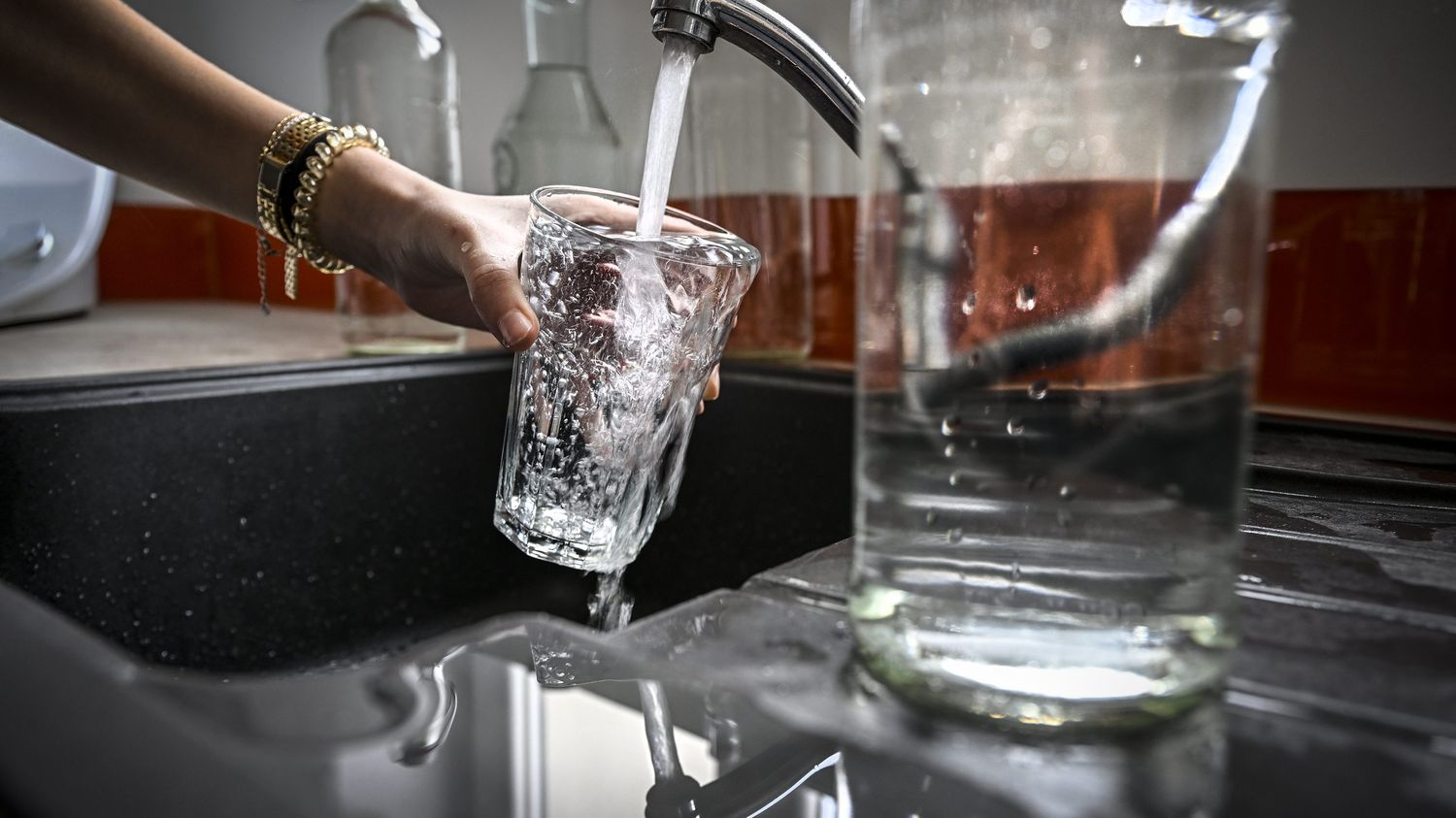Every day, the correspondents’ club describes how the same current event is illustrated in two countries.
Article written by
Posted
Reading time : 1 min.

The Regional Water States take place on Wednesday June 7 in Marseille, a very dry region where it is a question of finding solutions to save water in the future. Spain knows this reality all too well. This year, Spanish farmers fear the worst, expecting record losses.
>> What does the “water plan” contain, intended to save water which is becoming scarce?
According to one of the main agricultural organizations, COAG, 80% of Spanish land is affected by drought, responsible for “irreversible losses” over more than five million hectares. To combat drought and its effects, Spain recycles almost 11% of its wastewater. That’s 400 cubic hectometres per year, which is considerable, and 60% of this water is used for agriculture. The country is also betting on the technique of desalination. He even inaugurated the largest station in Europe, in the suburbs of Barcelona in 2009. These factories are still debated because they are very energy-intensive and they reject brine, often loaded with toxic pollutants.
Mismanagement of water resources in Lebanon
On the other side of the Mediterranean, in Lebanon, the water crisis is worsening with increasingly frequent shortages. The houses are only supplied sporadically. The Lebanese store water in tanks on their roofs to avoid running dry, but the pumps that bring water to the cities often do not work because there is also a lack of electricity. Yet Lebanon is nicknamed the “water tower of the Middle East” because it has 2,000 springs and 40 rivers. The problem is the catastrophic management of water resources by the Lebanese state. For example, hundreds of millions of dollars have been spent on empty and useless dam construction projects.
